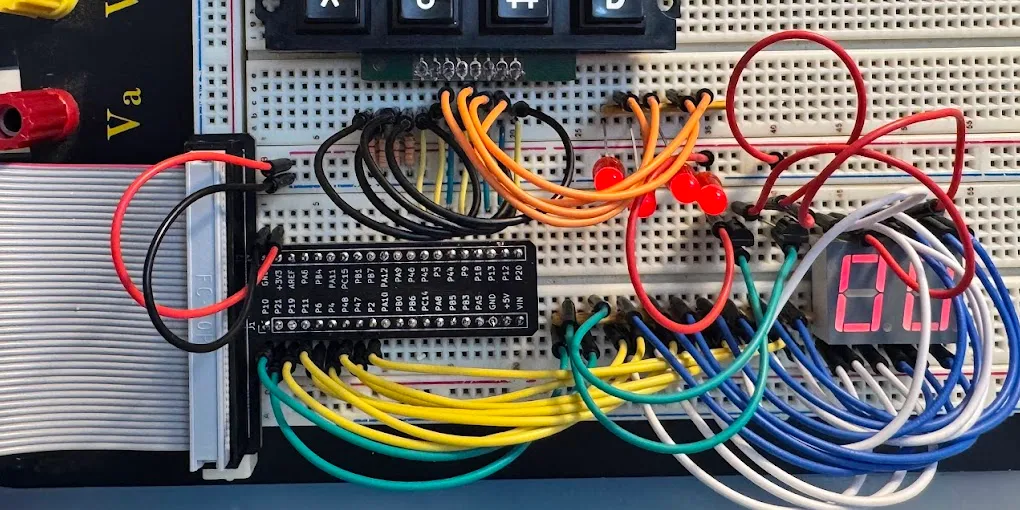
Being Messy
Recently, as I was wiring up some things on a breadboard for an FPGA project, I stumbled across Ben Eater’s Breadboarding Tips video about how he makes his breadboards look perfectly organized. My breadboarding could use a lot of work, so I naturally watched the video, expecting him to tell me how.
So I was surprised then when he opened the video with, “Remember that the primary purpose of breadboarding is for experimentation. So I would actually encourage you not to make things too neat when you’re first trying to get things to work”.
This really resonated with me. A lot of people have said, or perhaps told me directly, to draw out a schematic and meticulously plan out my circuit beforehand. But for someone who was just getting started, and didn’t know how the circuit might work, this felt really daunting. And this makes sense.
I think at some point, we’re told one way or another that it’s better to be neat; to have a clean room, to have neat handwriting, etc. But for prototyping circuits especially, that entirely disregards the learning process. There’s some experimentation and exploration to do, and prototypes aren’t going to be perfect and neat by definition. Some messiness is okay — and good :)